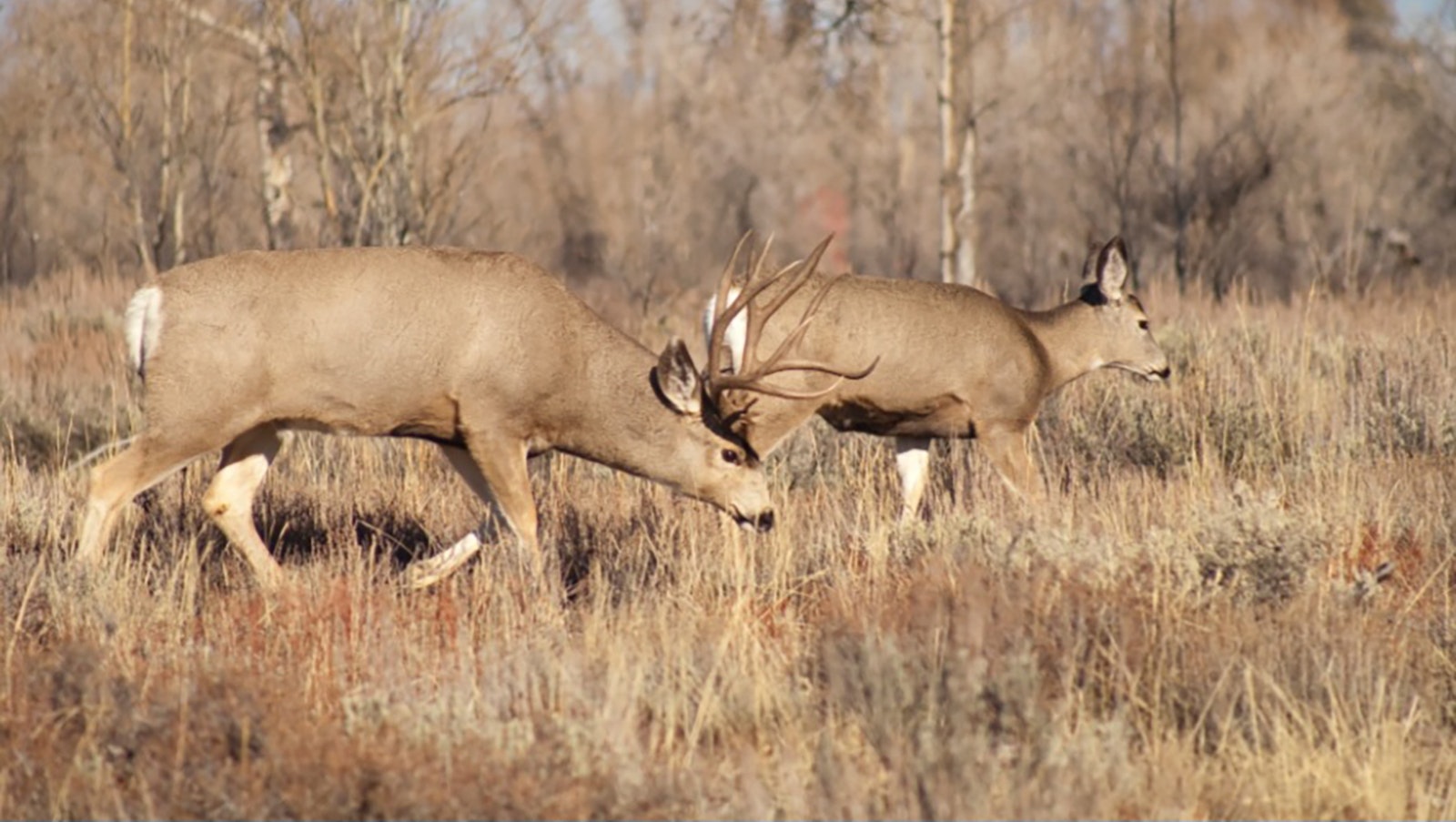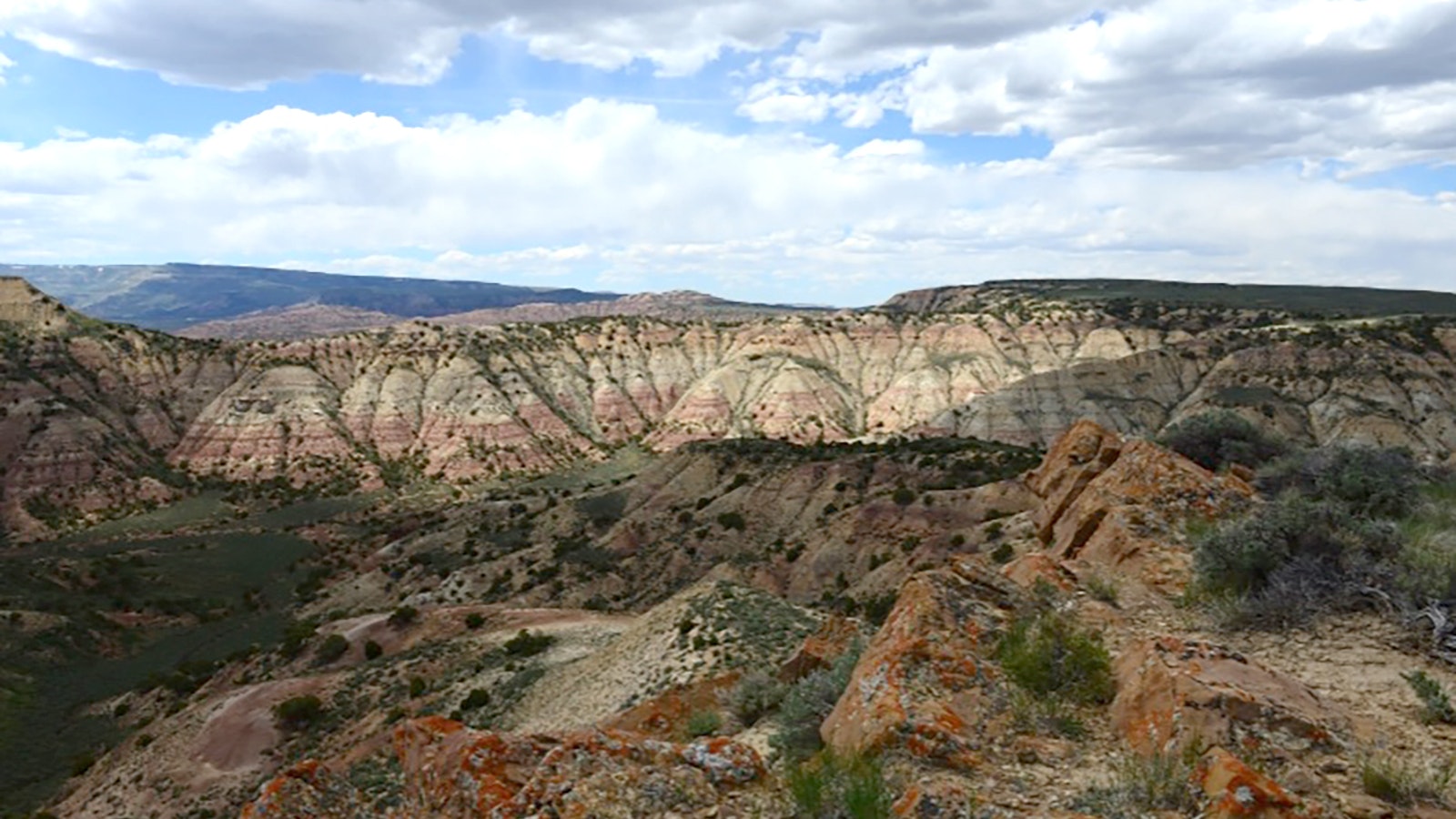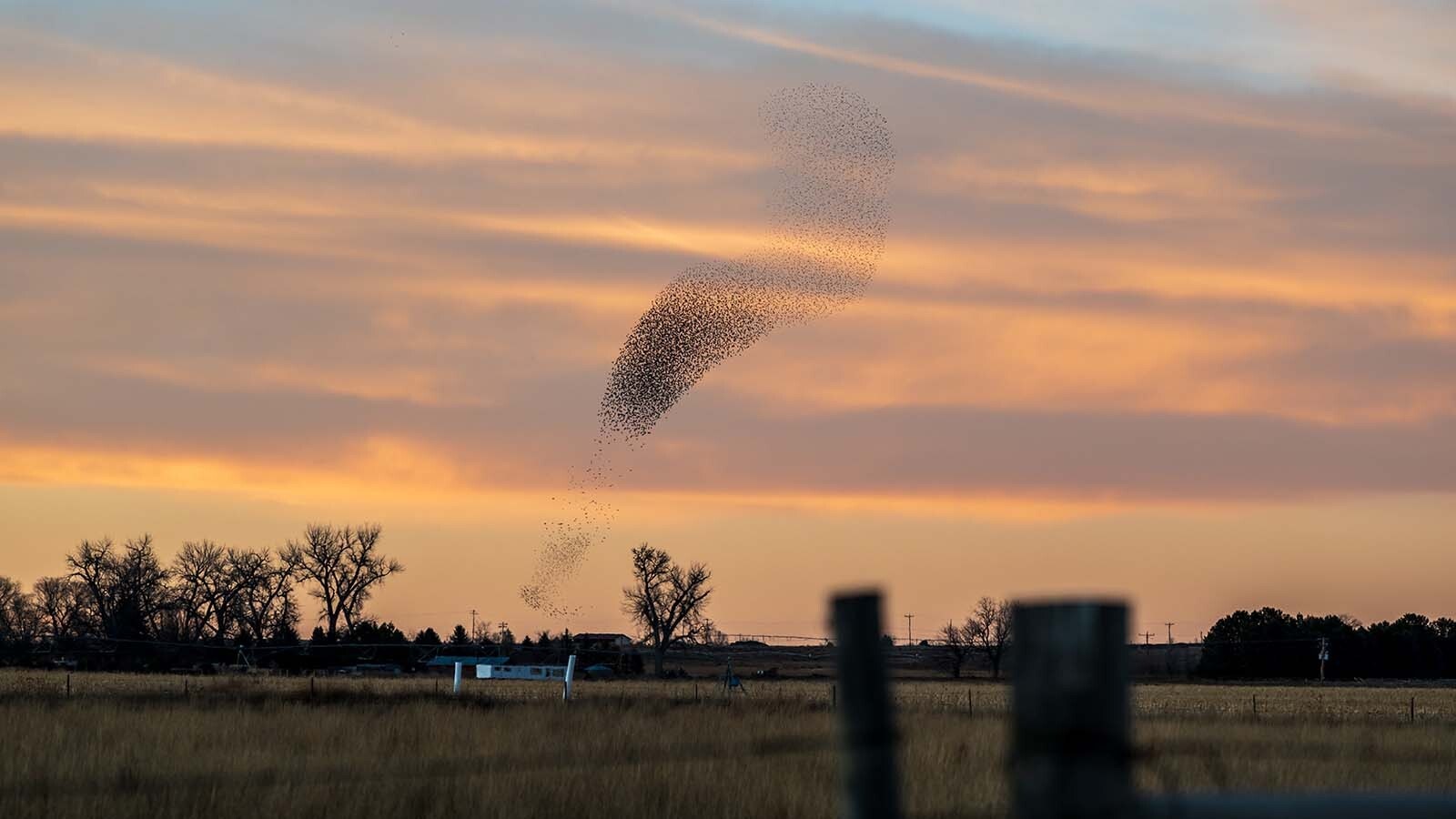The Bureau of Land Management is being too stingy toward extractive industries such as energy development in its draft plan for vast stretches of land in the Rock Springs area, Gov. Mark Gordon and other Wyoming elected officials said.
However, there’s general consensus that it’s a good idea to preserve about 15% of it in the Greater Little Mountain area, Wyoming mule deer conservationist Josh Coursey told Cowboy State Daily.
Setting that area aside acknowledges “just how sensitive that landscape is. It’s the crown jewel of Sweetwater County,” he said.
Draft Plan Draws Fire
The draft also drew fire from state Sen. Brian Boner, R-Douglas, and Rep. Scott Heiner, R-Green River, who co-chair the Wyoming Legislature’s Select Federal Natural Resource Management Committee.
Wyoming’s Republican U.S. Sens. John Barrasso and Cynthia Lummis also condemned it in a joint statement Thursday.
“I encourage everyone to make your voice heard through the public comment period. There is still time for us to force the BLM to turn this outrageous proposal around and strike a balanced approach that puts Wyoming, not Washington, in the driver’s seat,” Barrasso stated.
Call For Public Comment
Preserving Greater Little Mountain has been supported by Gordon, as well as his predecessor, Matt Mead and Dave Freudenthal, said Coursey, who is CEO and president of the Muley Fanatic Foundation.
On the whole, however, the BLM’s draft plan, which released Thursday, is “frustrating,” Gordon said in a statement reacting to it.
A public comment period on the draft plan is open until Nov. 16. The plan is available online, where comments can also be submitted.

Elected Officials Blast BLM Plan
The Rock Springs BLM field office oversees roughly 3.6 million acres in Wyoming. The draft designates 1.8 million acres of that as “Areas of Critical Environmental Concern, or ACESs,” according to Gordon’s statement.
That could have a chilling effect on energy development and other uses, which is contrary to what many Wyomingites want, Gordon stated.
“Over a decade’s worth of work from Wyoming’s cooperating agencies, local stakeholders and impacted industries seems to have fallen on the deaf ears of the federal BLM and its imperious agenda,” Gordon said. “I know I am not alone in my desire to review this draft with a fine-tooth comb.
“I will protect the interests of the state of Wyoming and make sure they pay attention to the good work being done at the state and local level as we move ahead.”
Boner and Heiner also released a scathing statement Thursday.
“In one fell swoop, Biden’s BLM is proposing to quadruple the amount of Areas of Critical Environmental Concern in Wyoming. The sheer scale of this radical proposal is truly stunning and constitutes a clear abuse of this management tool. This proposal is a direct threat to our citizen’s livelihoods,” they said. “The Wyoming Legislature’s Select Federal Natural Resource Management Committee will continue doing our part to protect Wyoming from the increasingly hostile federal presence in our state.”
Not At Odds
Coursey said he understands the “big picture” concerns over the draft plan as a whole. And setting aside the Greater Little Mountain area to protect it from development isn’t at odds with the elected officials’ wider criticism, or Wyoming’s energy industry.
Coursey and Muley Fanatics released a statement Thursday praising the proposed preservation of Greater Little Mountain, covering 522,236 acres in Sweetwater County.
“We are certainly not anti-energy, whether that’s oil and gas, or wind and solar,” Coursey said.
If anything, the potential habitat fragmentation caused by wind and solar are a bigger concern than oil and gas development, he said.
He added that Muley Fanatics and others have spent years building a coalition of support for setting Greater Little Mountain aside. That has included energy interests, the Sweetwater County Commission, the municipal governments in Rock Springs and Green River and others.
The consensus is that “recognizing that just how important energy development is in Wyoming, there are some places where it’s just not needed,” Coursey said.
Herds Hammered By Winter
If Greater Little Mountain remains untouched, that will give the mule deer herd there a much-needed boost, Coursey said.
Deer there were already reeling from harsh winters in 2016-2017 and 2018-2019, he said. So this past winter, which devastated big game herds in parts of Wyoming, was a crushing blow.
The good news is, a rainy spring and summer has left plentiful food for the deer that survived, Coursey said.
“There are plentiful groceries on the ground and rich nutrients for those deer to benefit from,” he said.

Mark Heinz can be reached at mark@cowboystatedaily.com.





